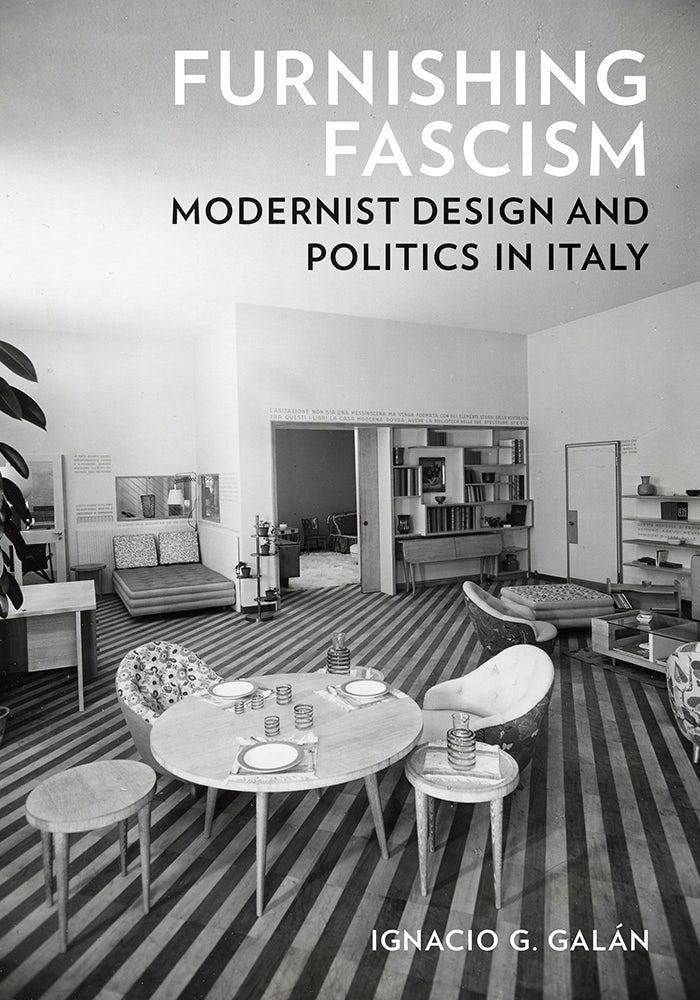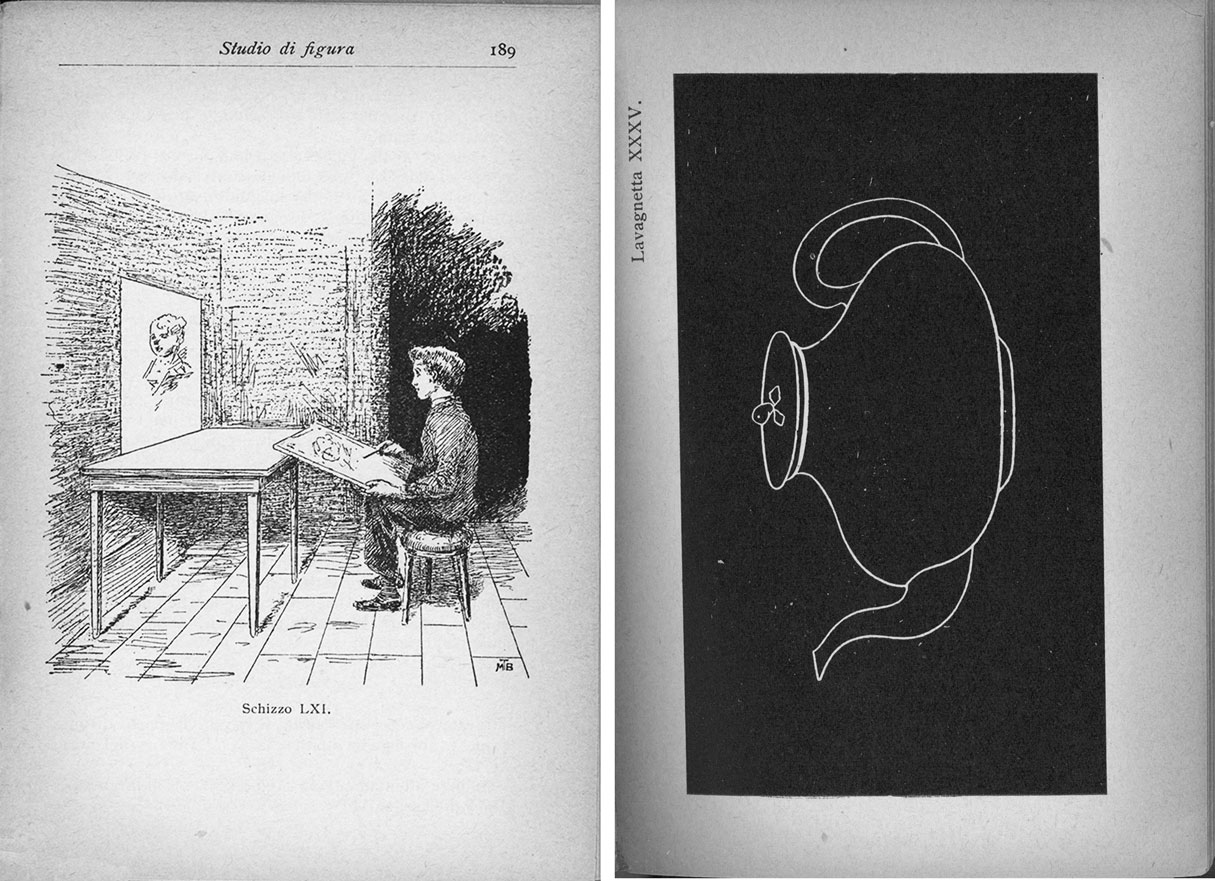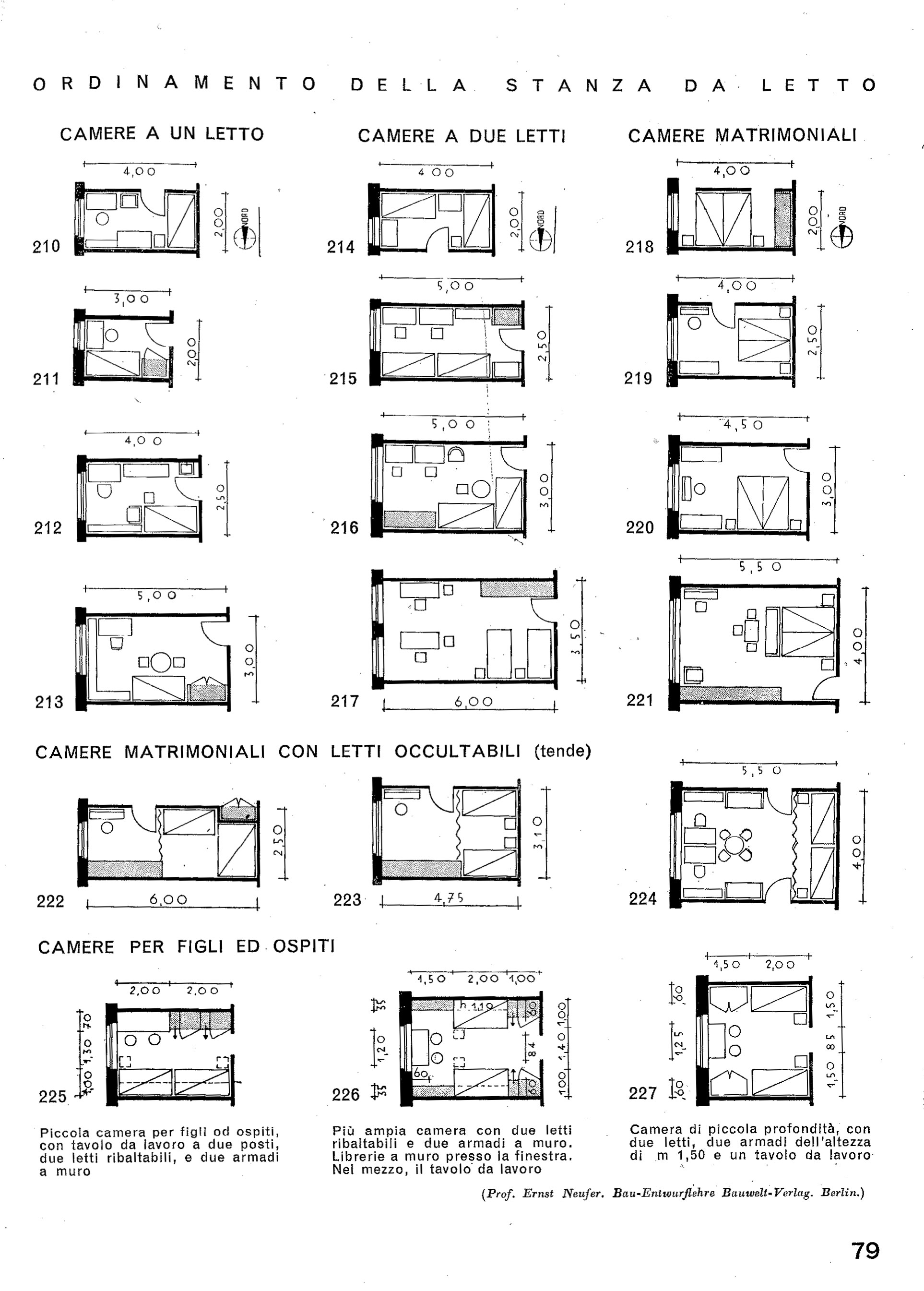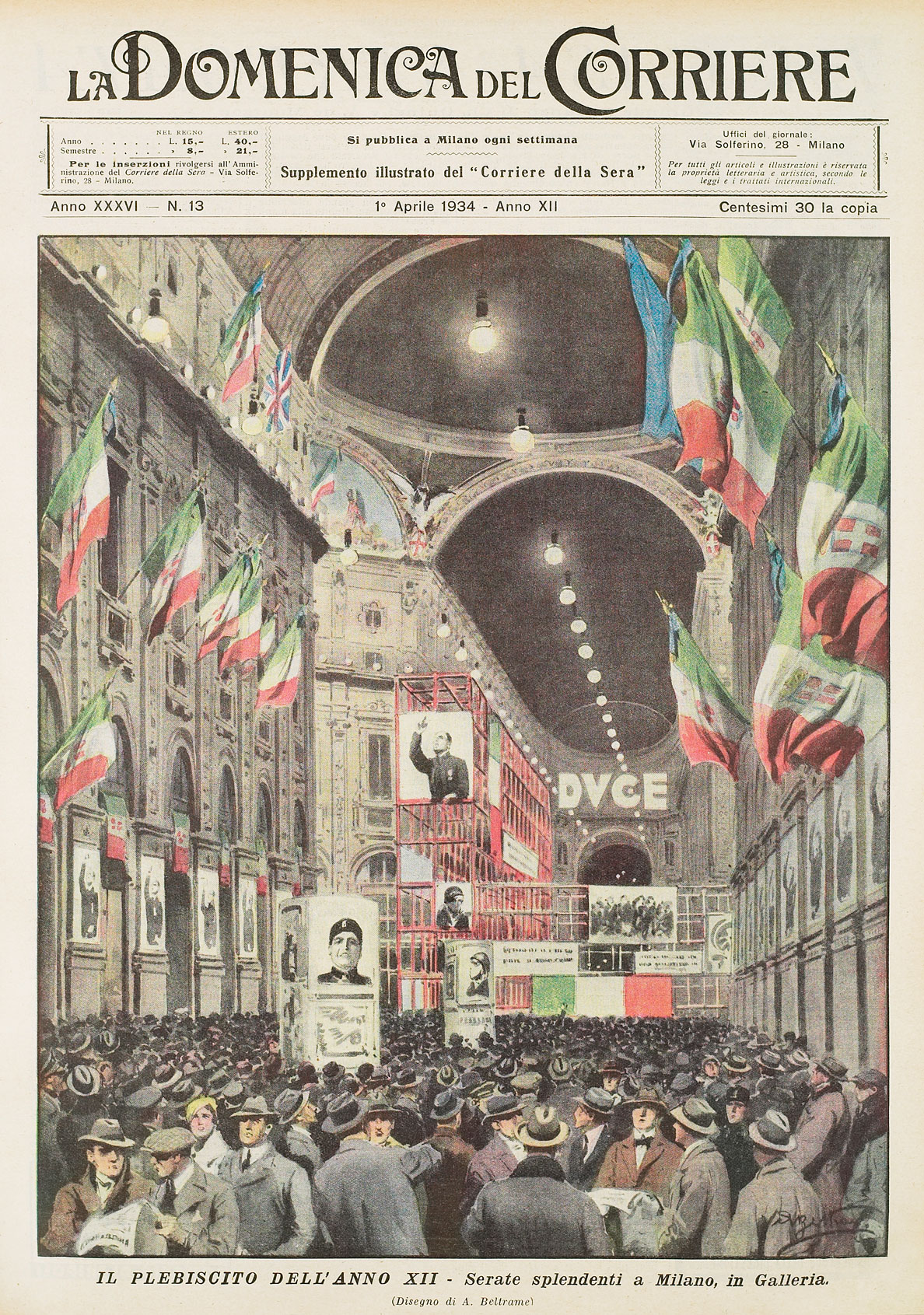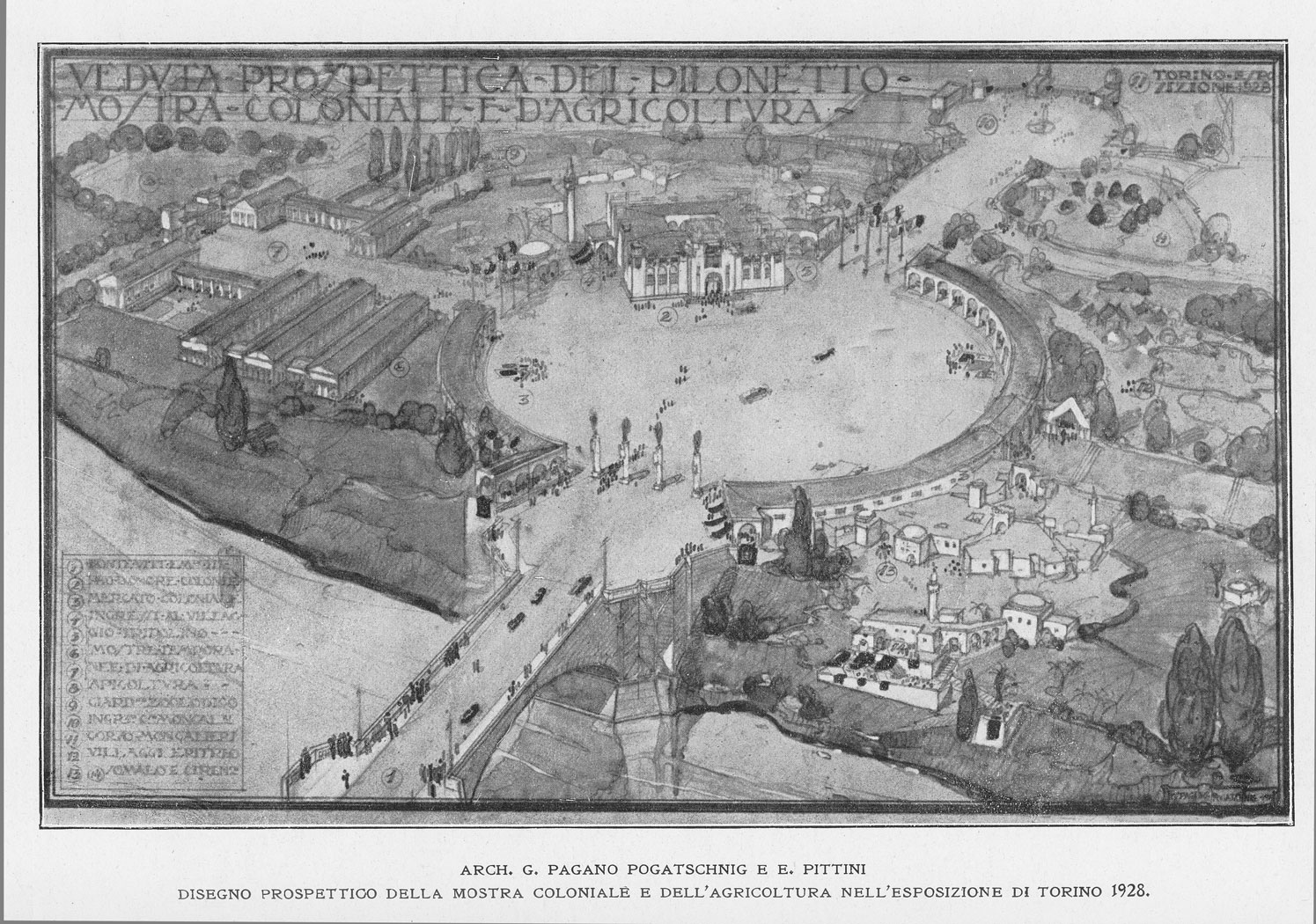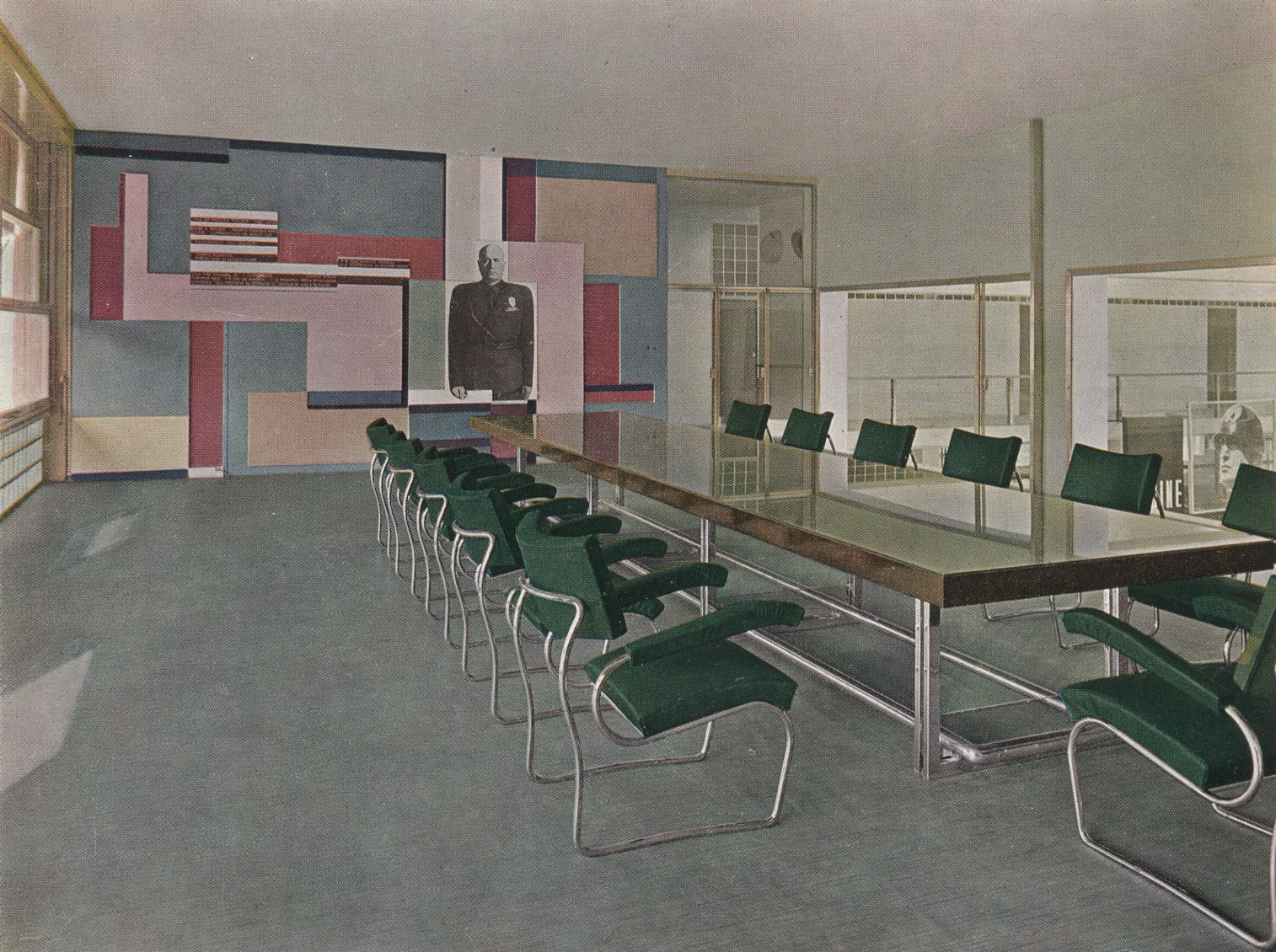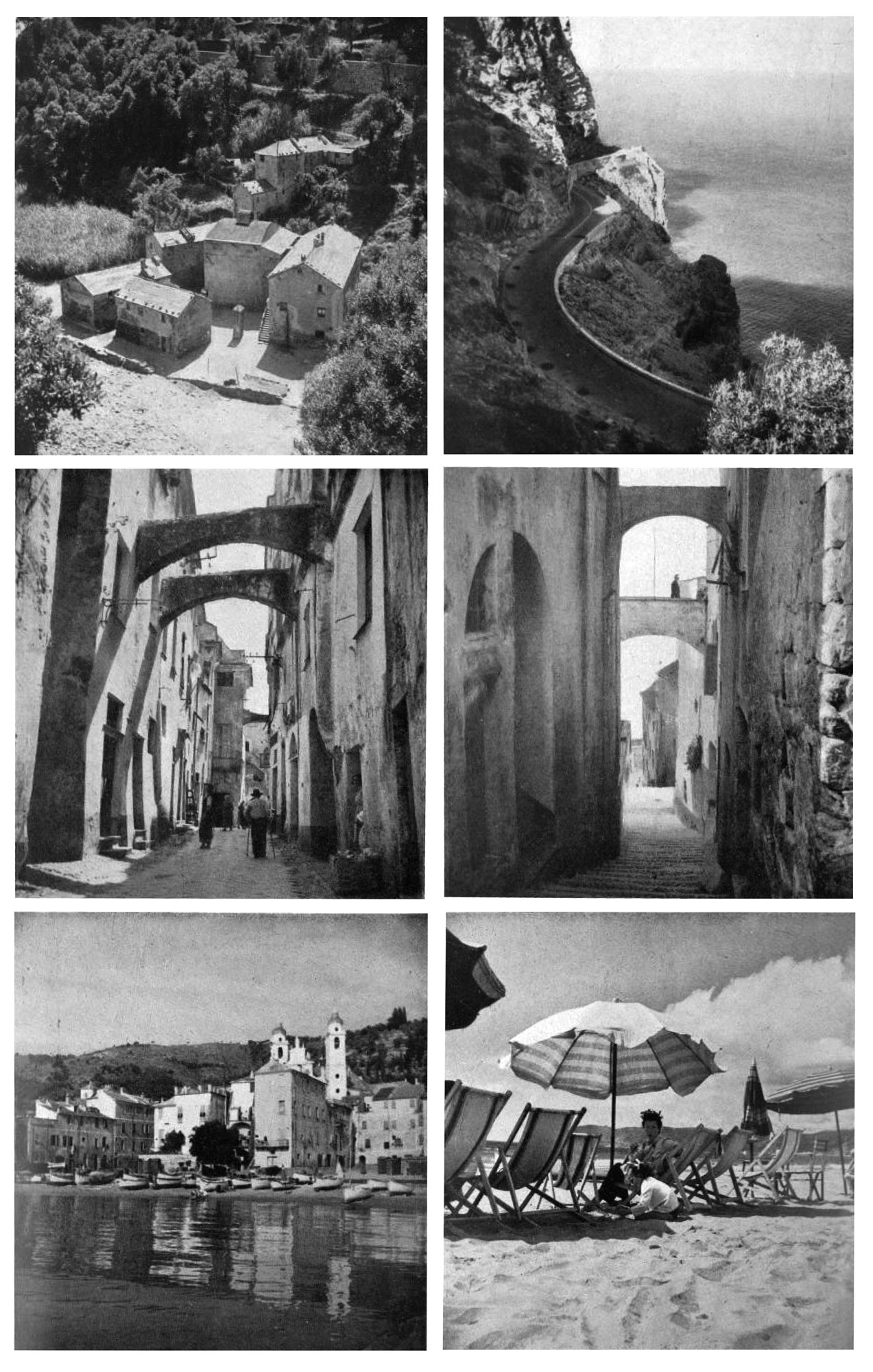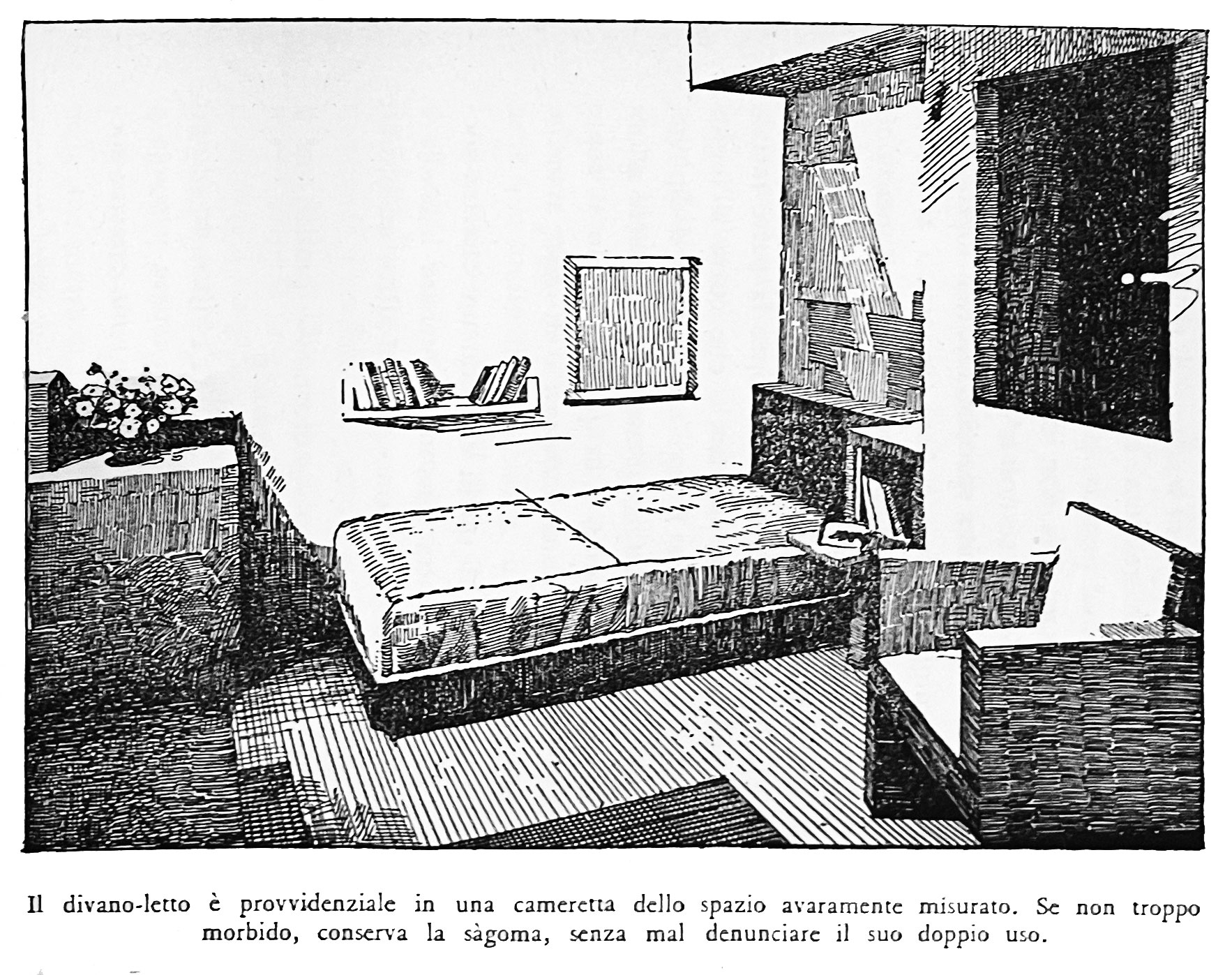For Barnard’s Ignacio G. Galán, assistant professor of architecture, early 20th-century Italian interior design was as political as it was practical. For his timely and thought-provoking book Furnishing Fascism: Modernist Design and Politics in Italy, Galán studied the surprising ways furniture and design helped shape the politics of everyday life. Far from passive décor, these objects became subtle but powerful tools for advancing fascist ideals and forging a unified, exclusionary vision of national identity.
Drawing on blueprints, archival photos, film stills, department store displays, and government records, Furnishing Fascism reveals how national culture can be influenced from the inside out. With 112 black-and-white and 18 color illustrations, the book challenges readers to reconsider what it means to live with history and how seemingly innocuous spaces and objects shape our collective imagination.
What is the central idea of Furnishing Fascism and the inspiration that led you to study this intersection of politics and design?
My research was guided by an interest in everyday objects and interior design practices that often seem neutral or rooted in common sense. But many of these are the product of very specific modern design principles, and in fascist Italy, they were often explicitly political interventions aligned with the regime’s ideology.
Before the 20th century, most Italian homes were primarily shaped by local craft traditions and inherited objects. But following Italy’s unification in the late 19th century and the rise of modernization, domestic interiors began to change. The gradual industrialization of furniture production, cultural influences from different regions and abroad, and migratory movements that carried domestic objects across territories introduced new styles that many Italian designers saw as eclectic and resulting in meaningless interiors. They responded by shaping new forms of unity. Instead of following local customs and networks, they aimed to support national programs and shape a shared Italian identity.
Within this context, the modernist quest to order space, design cohesive interiors, and assign specific meanings to objects was a way for architects to respond to what they perceived as manifestations of a broader social and cultural crisis — one that also fueled fascist politics.
Rather than treating Italy as a natural framework for the historical study of design, this book explores the role of design in the broader history of nation-building within the cultural and political transformations of the modern world.
How do you see the role of everyday objects, such as furniture, as tools or symbols of political power?
The designs I study were rarely commissioned directly by the fascist regime and do not necessarily align with the understanding of architecture as “the art of the State” (an expression used at the time). Other historians have examined how government buildings, public institutions, and urban planning served as embodiments of fascist politics — and how Mussolini himself, along with his large government, intervened in those larger-scale design projects.
However, I wanted to explore how fascist ideology more subtly and pervasively entered households and transformed everyday life — through armchairs and lamps that people could buy and by shaping public imagination through ensembles showcased in exhibitions, department stores, publications, and films.
These furnishings were not easily recognizable as political symbols. While some were specifically designed for government institutions — such as the Benita Chair by Giuseppe Terragni for the Casa del Fascio — I was more interested in domestic objects and ensembles. Through these furnishings, I could study how designers envisioned Italians participating in the politics of the regime, rather than focusing on Mussolini himself as an isolated political actor.
What was your process like in bringing photographs, blueprints, government records, and personal letters together, and how did you decide which stories or spaces to highlight?
Using different sources was fundamental to my research. Designers worked across commercial platforms and cultural institutions, and each collaboration manifested in different formats and media. These collaborations and media were critical for designers to reach diverse audiences and markets throughout the peninsula and across the Empire. Though the actual furnishings were only available to certain groups, due to the limited development of mass production, designers often worked to cultivate a new national culture of furnishing through the circulation of photographs and blueprints in magazines, images of interiors in films, articles in newspapers, department store displays, or advertising.
Rather than seeking to offer a comprehensive history, I focused on the platforms and media through which designers pushed to transform Italian interiors.
How do you see Furnishing Fascism contributing to broader conversations about how we live with history?
This is such a beautiful question, since one of my goals for this book is to strengthen our understanding of how the objects that surround us are the result of diverse historical initiatives. Furnishings shape our everyday lives: they define what postures are acceptable, what identities are promoted, and what bodies are allowed to belong. These are political and historical questions, and they can be contested.
At the same time, while the furnishings I study and all those that surround us are manifestations of history and conduits of politics, they are not frozen in the past. Even objects that supported an exclusionary idea of the “Italian house” remain open to disarticulation, reappropriation, hacking, and resignification and could be mobilized towards diverse goals and purposes.
Has your work on this book shaped the way you teach design and architecture at Barnard?
Absolutely! Two main aspects of the book are central to my courses. First, we explore how design and architecture shape how we understand the construction of territories [and] how they have historically influenced constructions of identity and systems of inclusion and exclusion. These questions are critical in specific sections of my lecture course, Modern Architecture in the World, and seminars such as Architecture’s Global Territories and Architecture and Migration in New York. In this last course, for example, we discuss how architecture shapes experiences of arrival, belonging, assimilation, and hospitality for different individuals and communities in the City.
Second, I emphasize the politics embedded in everyday designs — objects or spaces we often think of as neutral. In one of my design studios, I ask students to analyze a chair, a stair, or a door that frames some of their everyday interactions, and I invite them to imagine the transformative consequences of redesigning these seemingly mundane objects. In my history courses, we look at housing projects and even restrooms as sites of ideology, not just grand architecture. These designs may not be the result of any government’s agenda, but they are mediators of politics [that] define relationships between bodies, identities, and territories.
This way of thinking has become central to my current research and teaching in newer courses, such as Disability and Architecture, where we explore how the position or shape of a chair, or the mechanism of a door, for example, become key to understanding which bodies are imagined to exist and are permitted to participate in particular spaces. These are not just technical concerns; they also have their own histories and politics.
Images from Furnishing Fascism: Modernist Design and Politics in Italy by Ignacio G. Galán. Published by the University of Minnesota Press, 2025. Photos used by permission.
